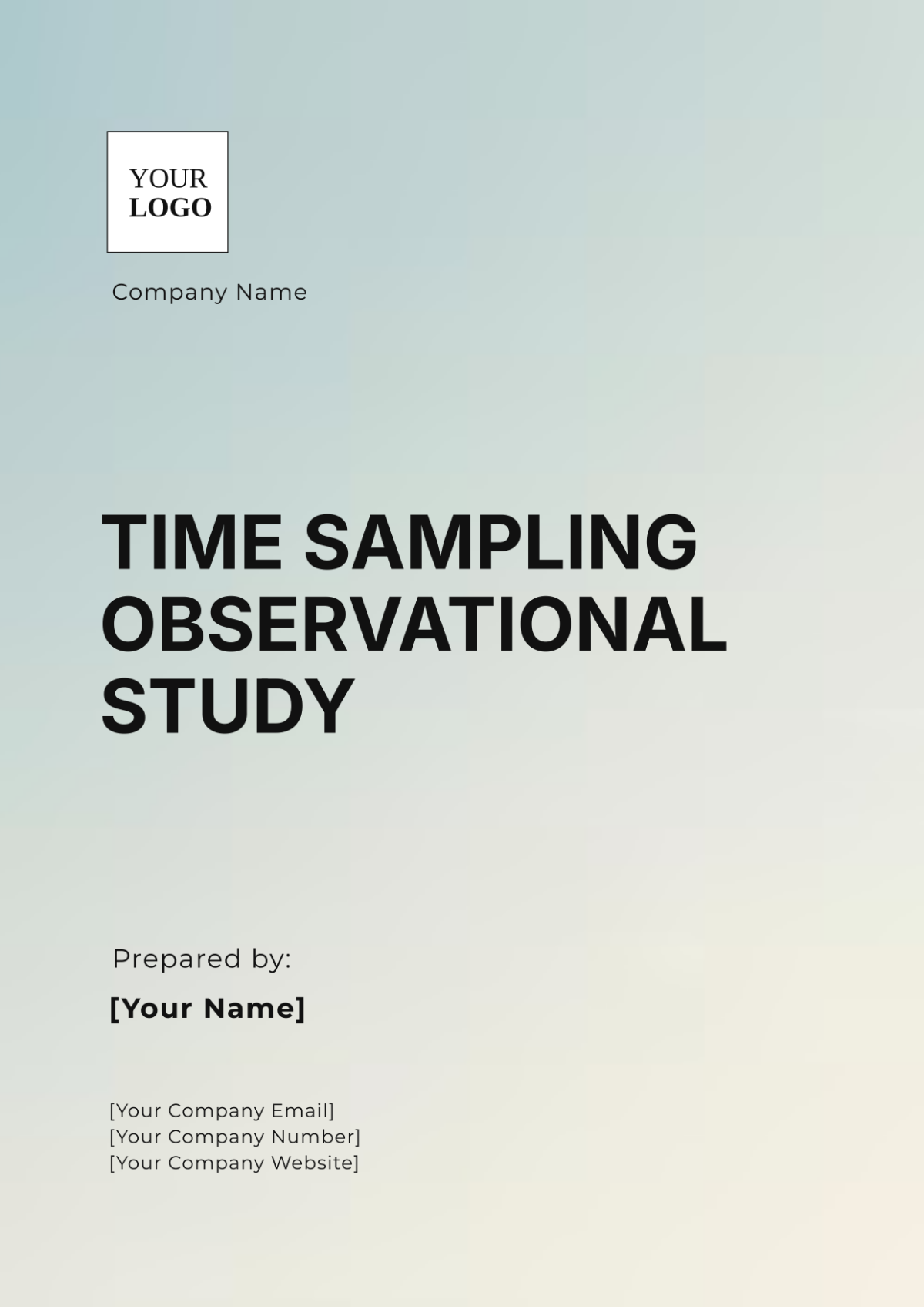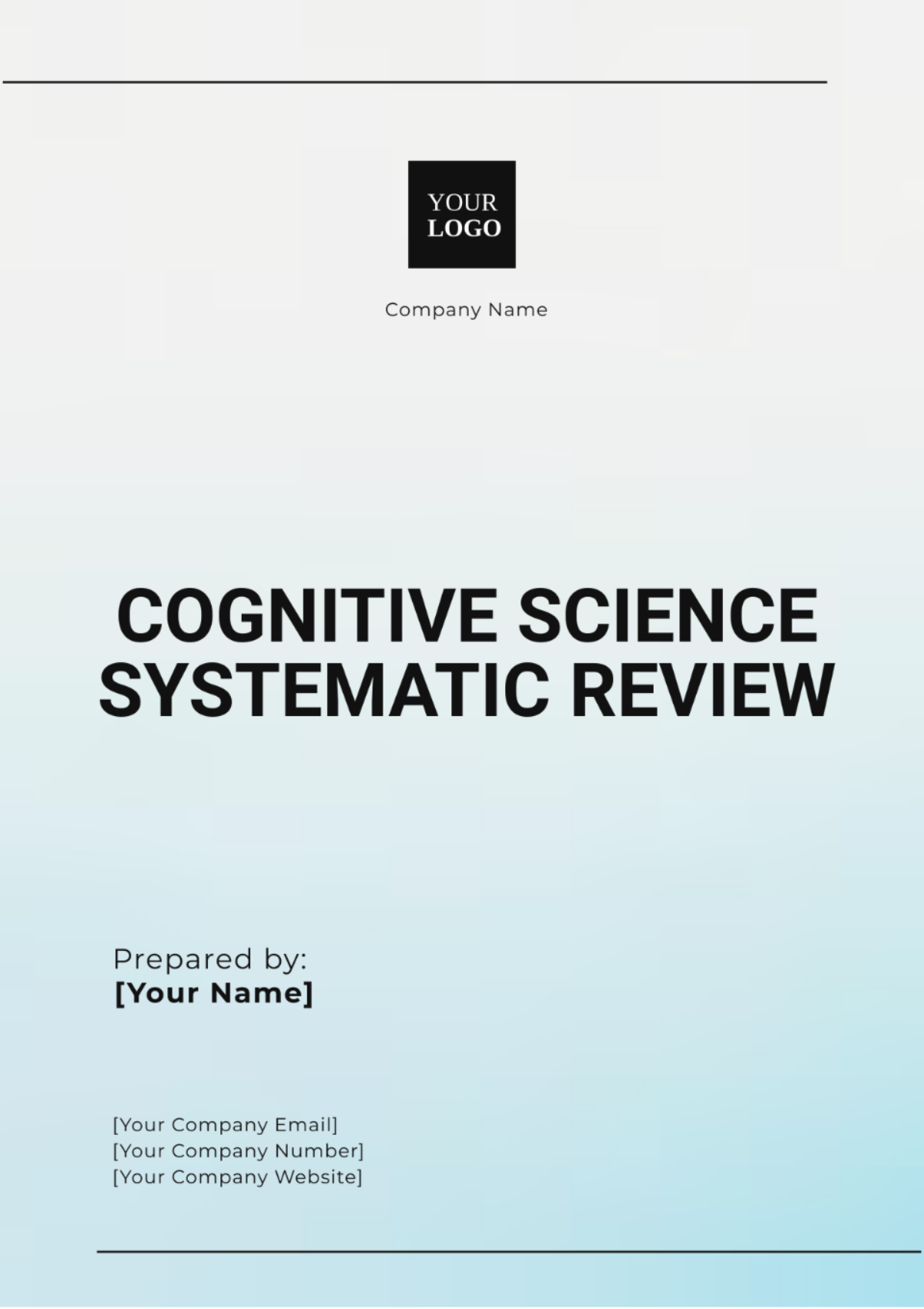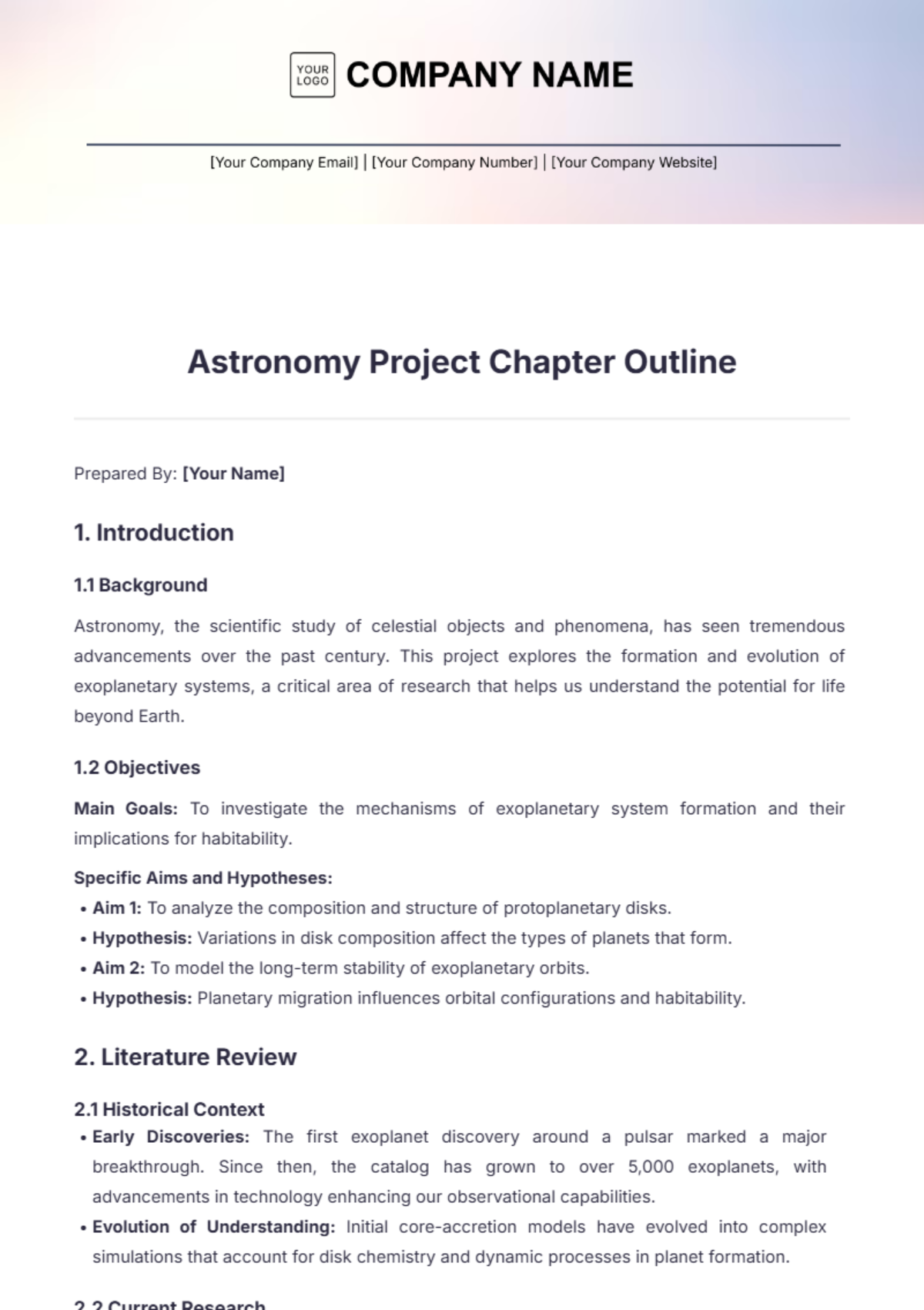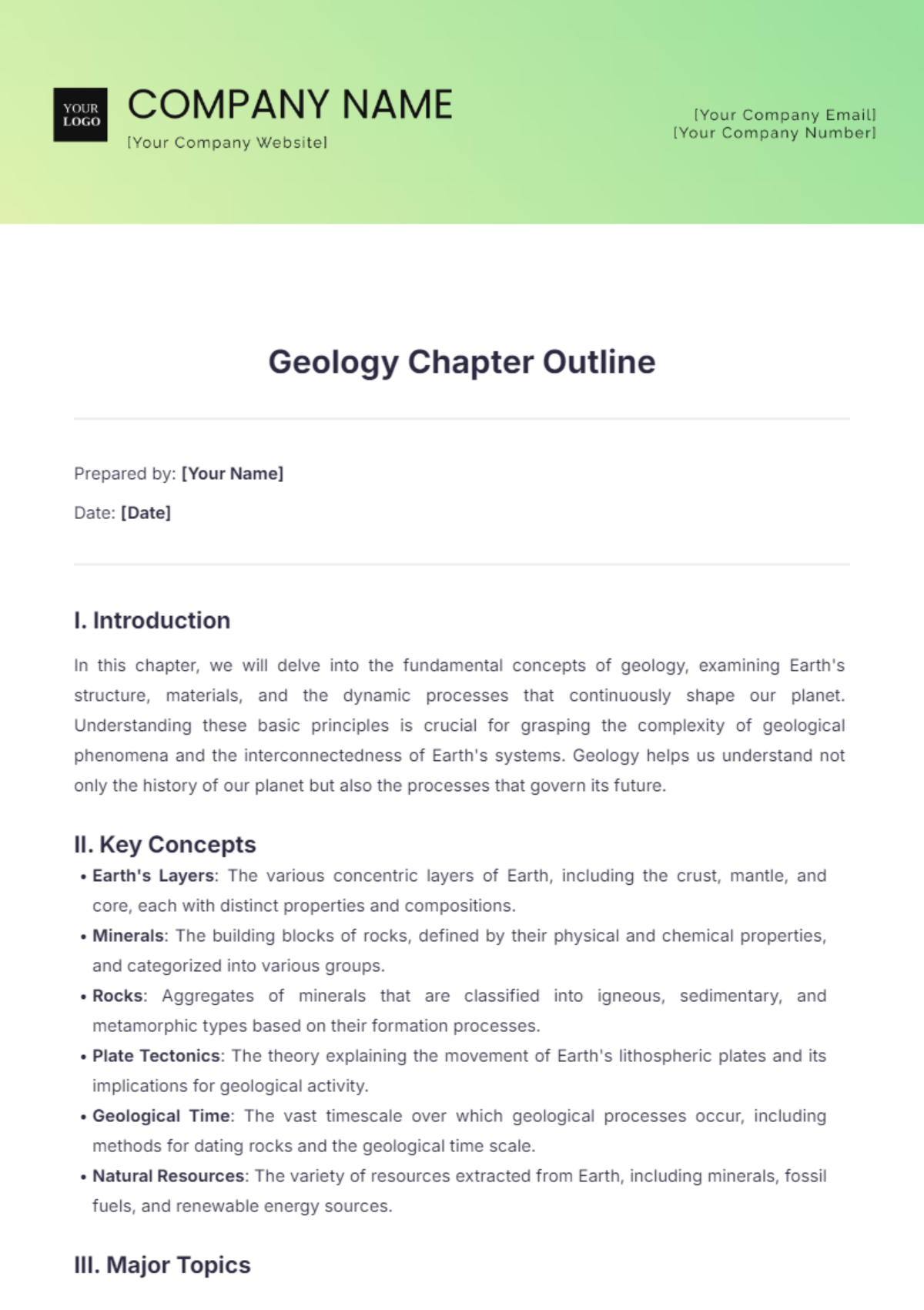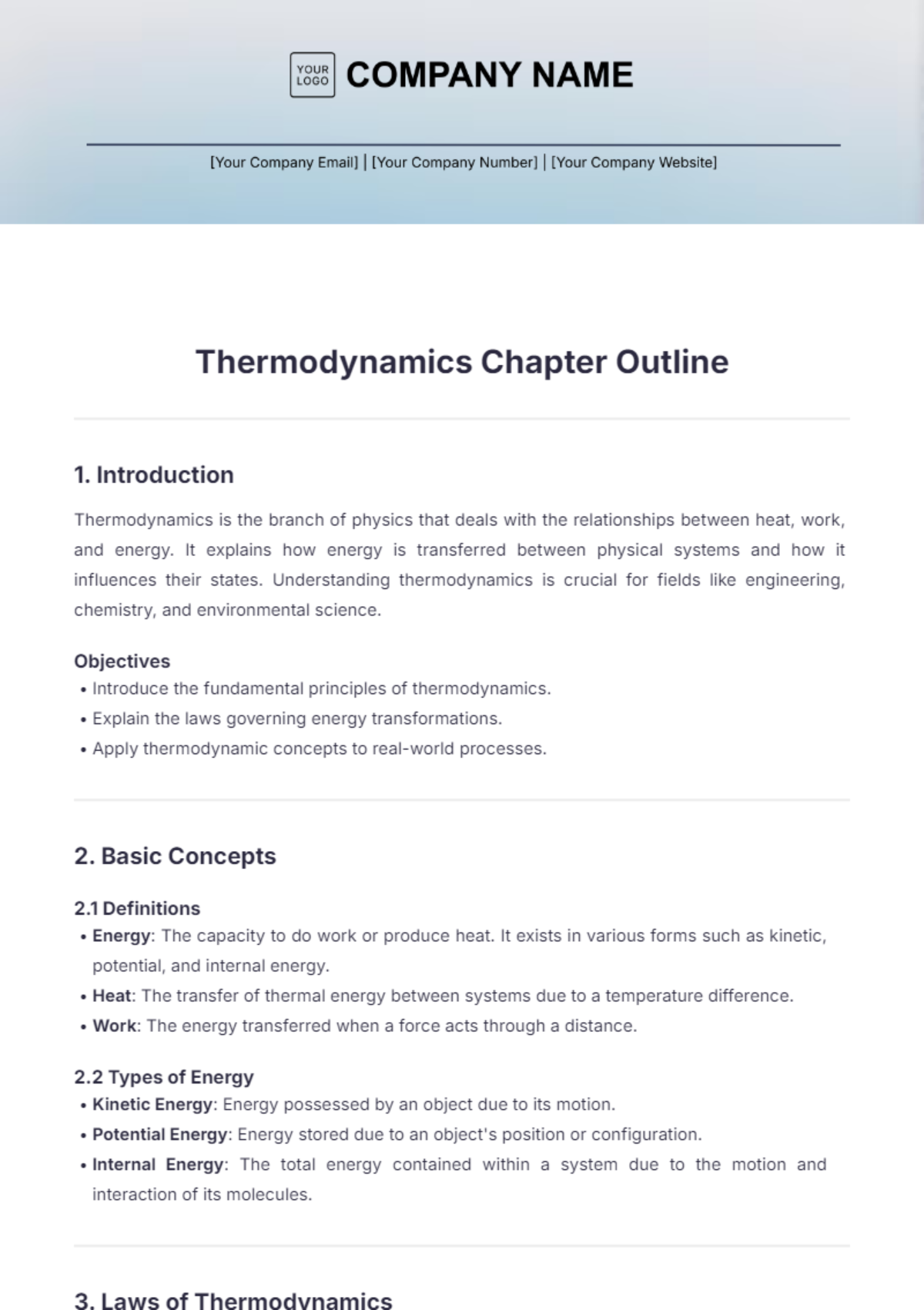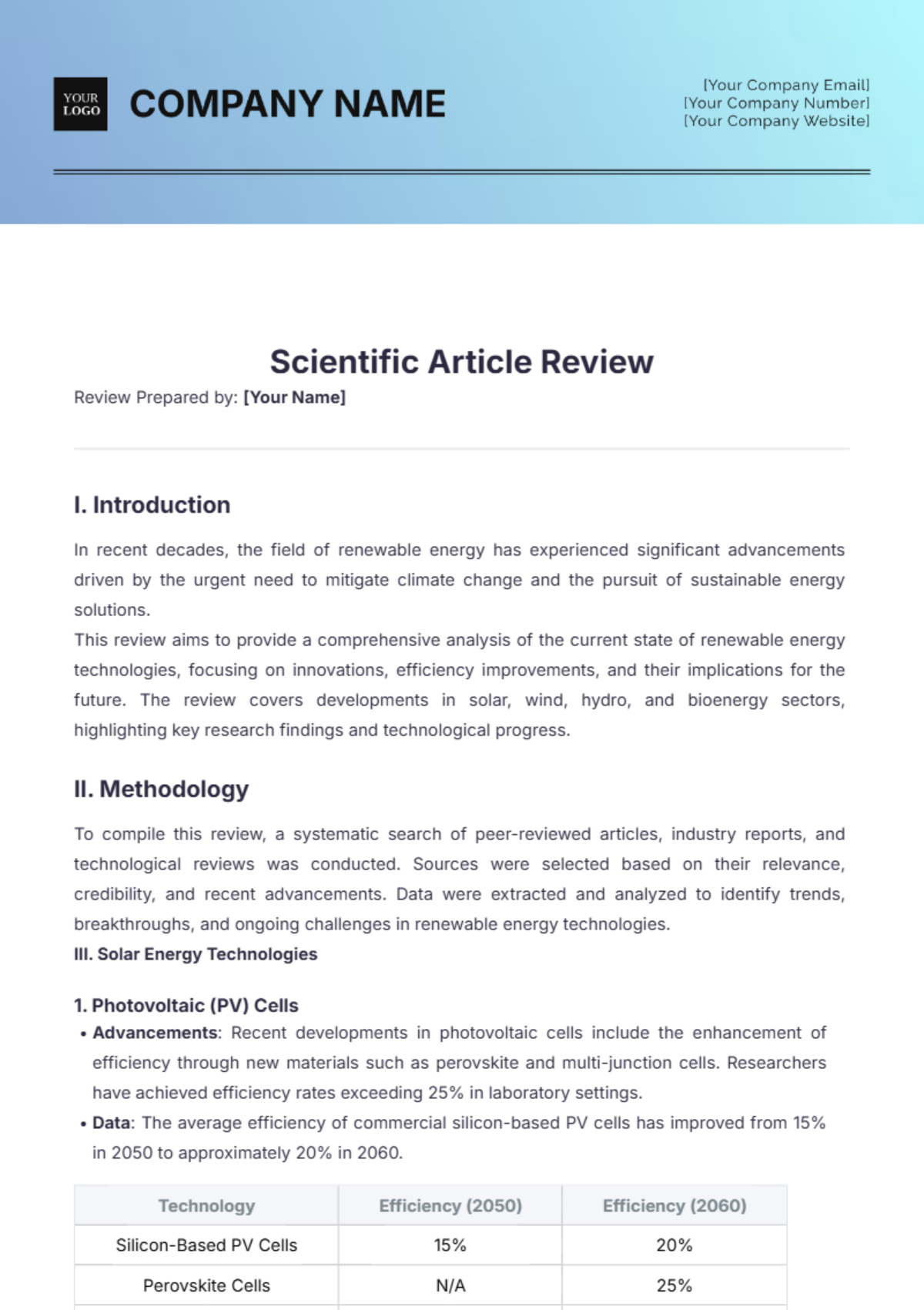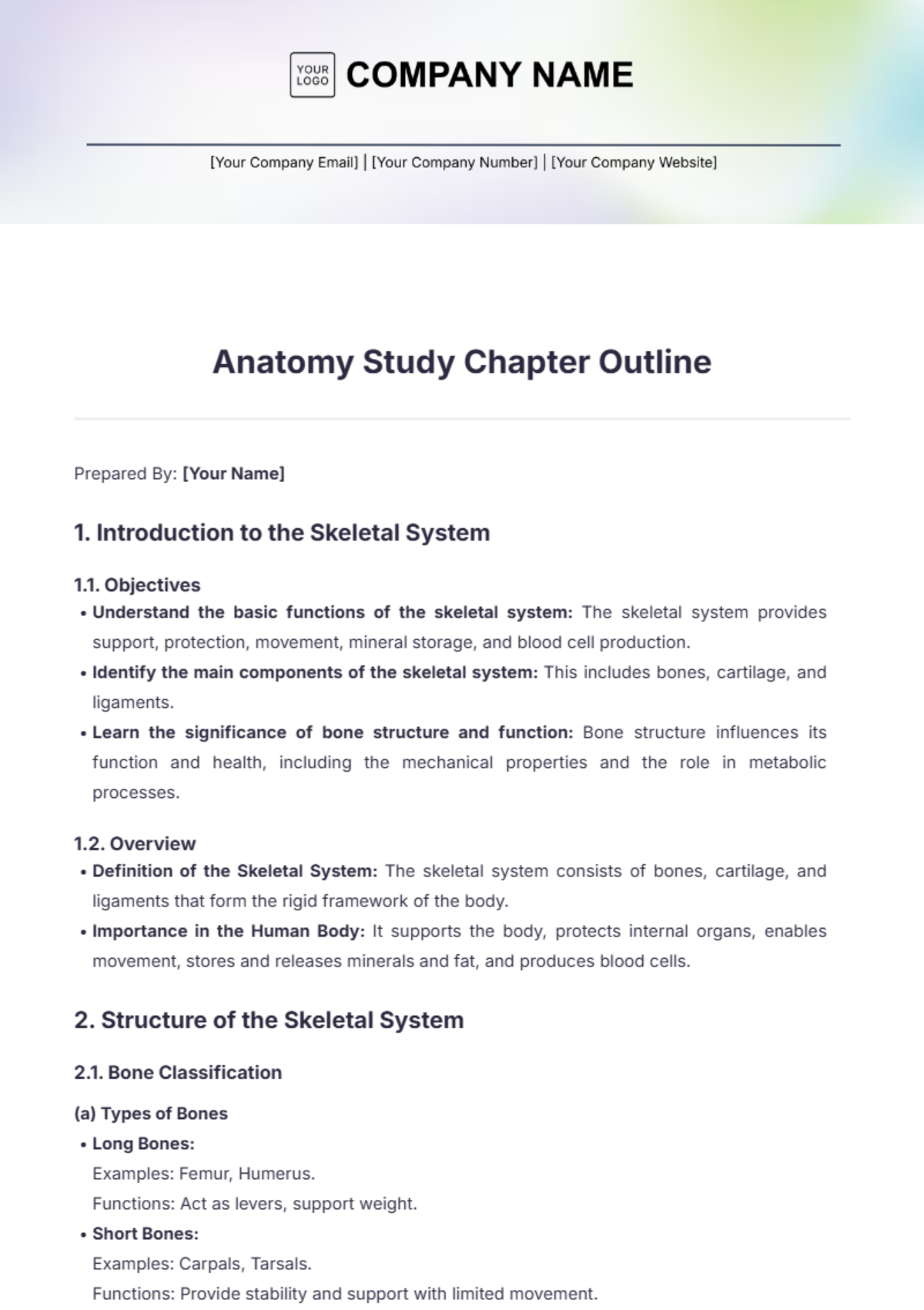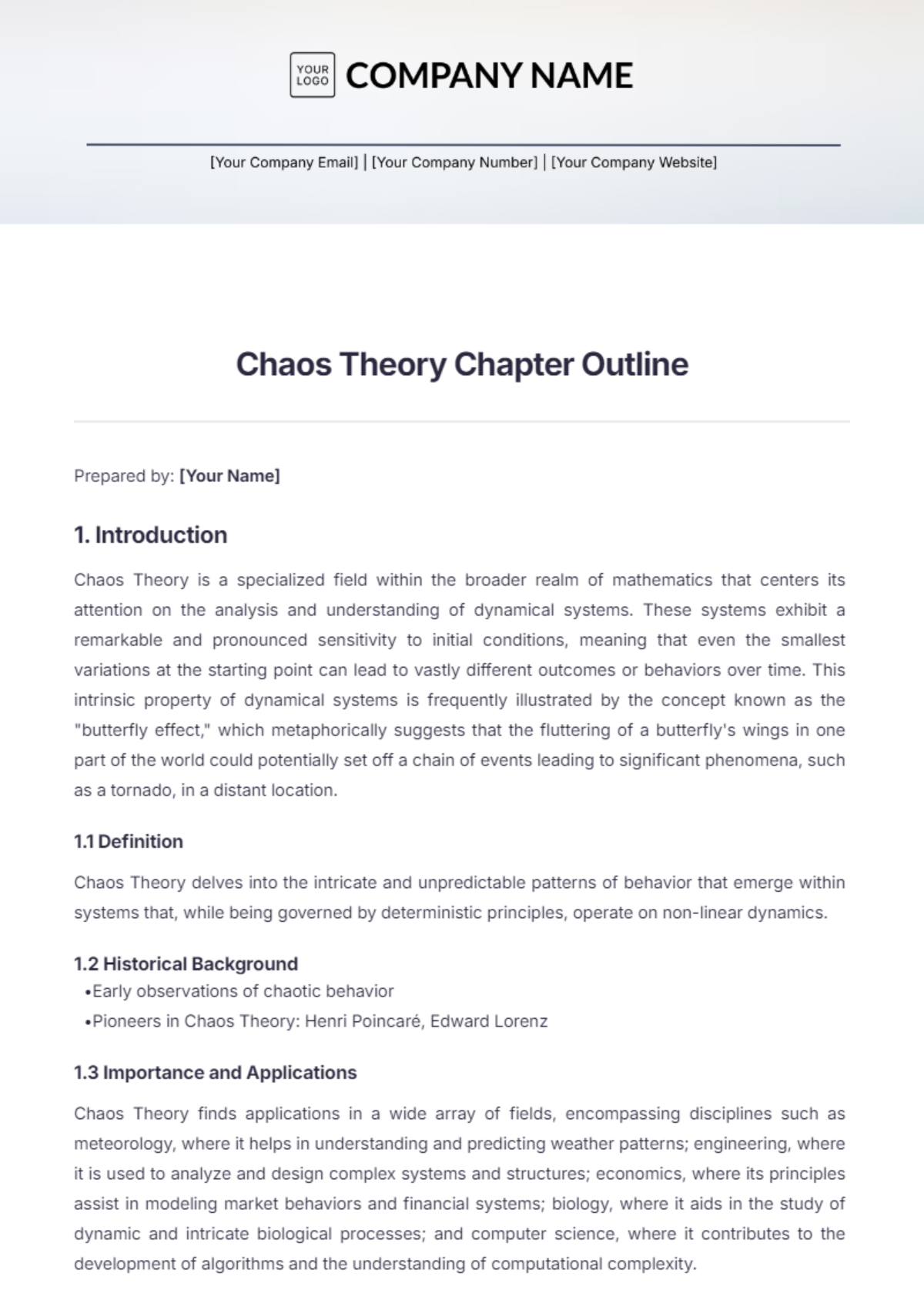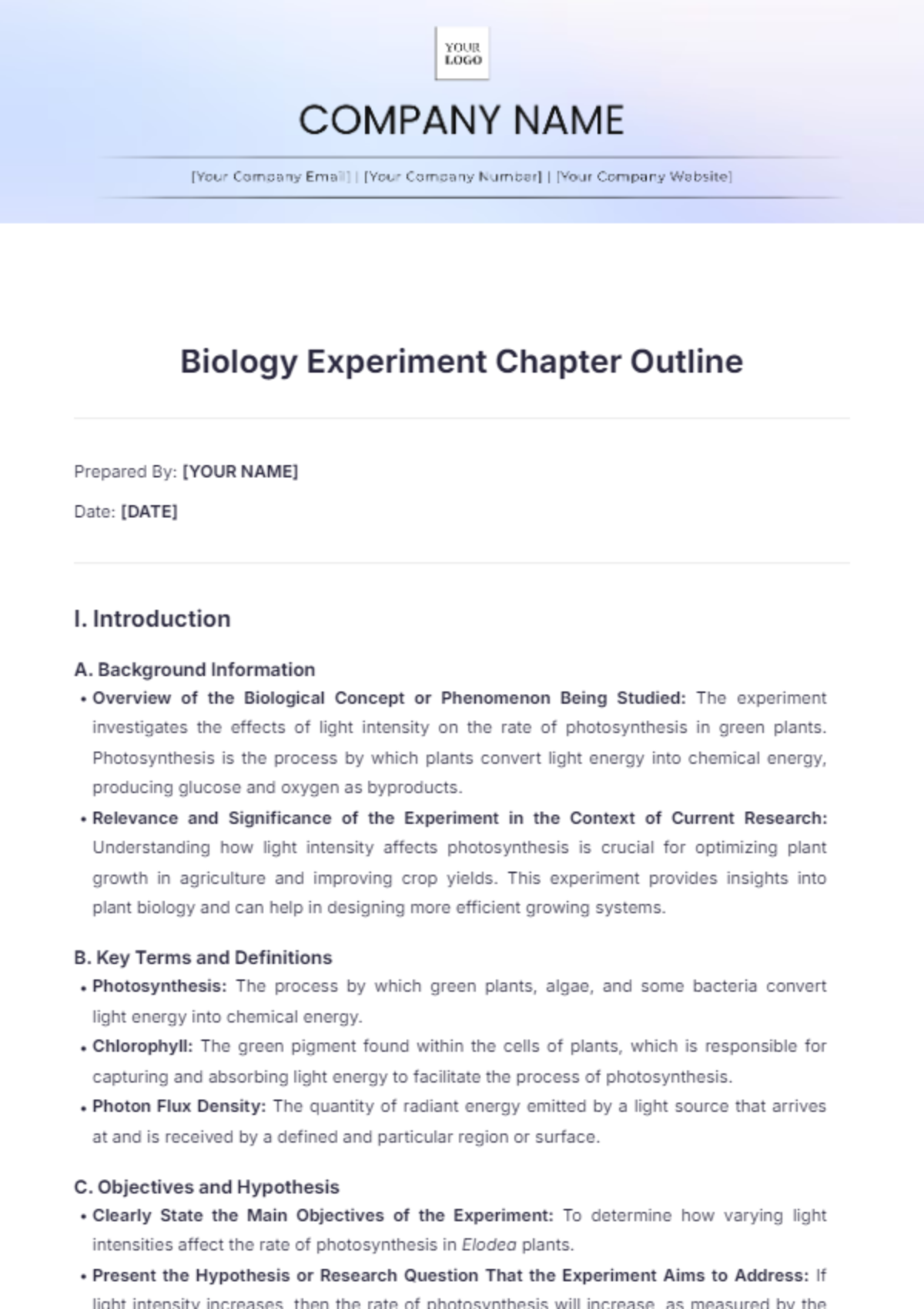Astronomy Project Chapter Outline
Prepared By: [Your Name]
1. Introduction
1.1 Background
Astronomy, the scientific study of celestial objects and phenomena, has seen tremendous advancements over the past century. This project explores the formation and evolution of exoplanetary systems, a critical area of research that helps us understand the potential for life beyond Earth.
1.2 Objectives
Main Goals: To investigate the mechanisms of exoplanetary system formation and their implications for habitability.
Specific Aims and Hypotheses:
Aim 1: To analyze the composition and structure of protoplanetary disks.
Hypothesis: Variations in disk composition affect the types of planets that form.
Aim 2: To model the long-term stability of exoplanetary orbits.
Hypothesis: Planetary migration influences orbital configurations and habitability.
2. Literature Review
2.1 Historical Context
Early Discoveries: The first exoplanet discovery around a pulsar marked a major breakthrough. Since then, the catalog has grown to over 5,000 exoplanets, with advancements in technology enhancing our observational capabilities.
Evolution of Understanding: Initial core-accretion models have evolved into complex simulations that account for disk chemistry and dynamic processes in planet formation.
2.2 Current Research
Recent Studies: Current research emphasizes analyzing exoplanetary atmospheres and the effects of stellar radiation on planetary climates.
Gaps in Knowledge: Key uncertainties remain about the conditions necessary for life and the processes driving planetary migration.
3. Methodology
3.1 Research Design
Type of Research: The study combines observational data from space telescopes with theoretical models.
Justification: Observational data provides empirical evidence, while theoretical models help in understanding the underlying mechanisms.
3.2 Data Collection
Instruments and Tools: Data will be collected using the James Webb Space Telescope (JWST) and the Kepler Space Telescope.
Data Sources: Publicly available astronomical databases and newly acquired observations from ongoing missions.
3.3 Data Analysis
Techniques and Software: Data analysis will utilize tools such as Python with NumPy and SciPy libraries, and visualization software like Matplotlib.
Statistical Methods: Statistical methods including regression analysis and Bayesian inference will be used to interpret the data.
4. Results
4.1 Data Presentation
Tables and Charts:
Table 1: Summary of exoplanetary system characteristics
Chart 1: Distribution of planet sizes in different star systems
Key Observations: The data reveals a correlation between disk composition and the formation of rocky versus gaseous planets.
4.2 Interpretation
Analysis of Findings: Higher metallicity disks are more likely to form rocky planets, and planetary migration models suggest that these planets' orbits tend to be more stable over time.
5. Discussion
5.1 Implications
Significance: Understanding the formation and evolution of exoplanetary systems aids in identifying potentially habitable planets and refining models of planetary system evolution.
Impact: This research could influence future mission designs and observational strategies.
5.2 Limitations
Constraints: The study's reliance on observational data limits the scope of analysis, and theoretical models may not fully capture all physical processes.
Areas for Improvement: Future work should incorporate more diverse datasets and advanced simulation techniques.
5.3 Future Research
Suggestions: Investigating the effects of varying stellar environments on planetary formation could provide deeper insights.
Potential Questions: What role do binary star systems play in planet formation? How do magnetic fields influence planetary habitability?
6. Conclusion
6.1 Summary
The study provides new insights into the processes of exoplanetary system formation and stability. The results support the hypothesis that disk composition plays a significant role in determining planet types.
6.2 Recommendations
Practical Applications: Findings can guide future telescope missions and observational strategies.
Policy or Practice Changes: Encourage the integration of planetary migration models in exoplanet research programs.
7. References
Smith, J., & Brown, L. (2050). The Formation of Exoplanetary Systems. Journal of Astrophysics, 34(2), 123-145.
Jones, M. (2053). Modeling Planetary Migration. Astrophysical Review, 56(1), 98-115.
8. Appendices
8.1 Supplementary Material
Additional Data: Detailed tables of observational data and simulation results.
Methodologies: Expanded descriptions of the analytical techniques used.
8.2 Glossary
Core-Accretion Model: A theory that describes planet formation through the gradual accumulation of material.
Metallicity: The abundance of elements heavier than hydrogen and helium in a star or planet's disk.
Bayesian Inference: A statistical method for updating the probability of a hypothesis based on new evidence.





